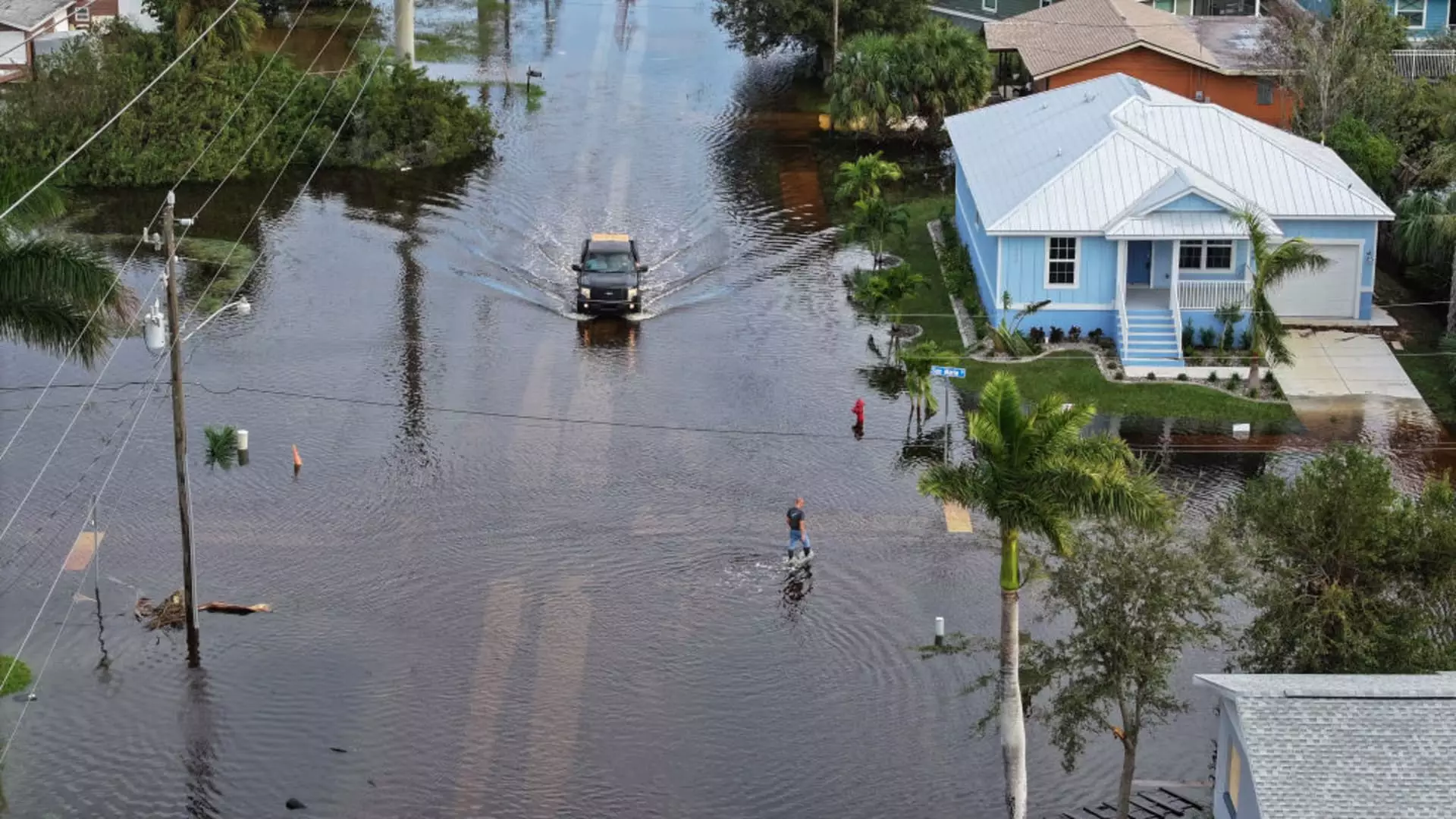As we step into hurricane season, an impending sense of urgency fills the air. The National Oceanic and Atmospheric Administration (NOAA) has issued dire predictions for the Atlantic hurricane activity this year, forecasting a 60% chance of an above-normal season. From June 1 to November 30, we are bracing ourselves for an onslaught that includes anywhere from 13 to 19 named storms, of which a staggering six to ten could escalate into hurricanes. Experts warn that three to five of these may even reach Category 3, 4, or 5, wreaking havoc and devastation upon landfall.
This year’s call to action is clear: homeowners must take their insurance policies seriously. It’s not merely about fulfilling a legal obligation but about safeguarding your greatest investments against cataclysmic losses. The financial implications of hurricanes are profound; last year alone, economic losses soared to approximately $500 billion due to hurricane-related damages. The staggering amounts remind us that these storms are not mere inconveniences but existential threats that can change our financial landscape overnight.
A Wake-Up Call for Comprehensive Preparation
Taking the initial steps to prepare for hurricane season is not just prudent; it’s essential for survival and recovery. Ken Graham, NOAA’s National Weather Service director, emphasizes that the time for preparation is now. People often ignore the significance of compiling vital documents and reviewing insurance policies, leading to complications when disaster strikes. Having a thorough strategy in place—including emergency supplies, communication plans, and a full understanding of your insurance coverage—is paramount.
Charles Nyce, a risk management expert at Florida State University, pinpoints key areas homeowners should address. It’s inadequate merely to stockpile water and batteries; one must ensure that crucial financial safeguards are in order, particularly in the form of insurance policies. But where do you start? By assessing the total value of your property and understanding what a loss could cost you. This holistic examination ensures you’re not left holding the bag when catastrophe arrives.
Knowing Your Policy Is a Necessity, Not a Luxury
How often do we skim over our insurance documents, treating them as dry legalese rather than crucial lifelines? Bob Passmore of the American Property Casualty Insurance Association insists on a minimum annual review—an act that is often neglected until the winds start howling. Understanding policy limits is imperative. This figure represents the absolute maximum your insurance company is willing to pay in the event of loss or damage. If your home has undergone renovations or if construction costs have outpaced the calculated policy limits, you risk being underinsured.
Recent statistics reveal a startling truth: construction labor costs have surged by over 36% in the last five years, while materials are up by nearly 43%. This alarming trend means that many homeowners may be woefully unprepared come storm season. For instance, if you are under the 80% coverage rule—a widely accepted insurance standard—your insurer may deny responsibility for what could be a catastrophic loss.
Understanding Deductibles: A Double-Edged Sword
While we often associate higher deductibles with lower premiums, the reality can bite. Within the storm’s aftermath, when expenses spiral, can you offset a steep deductible? Increasing it from $1,000 to $2,500 might yield a significant reduction in monthly costs, yet could leave a dent in your savings when a claim needs to be filed. Consider this a financial gamble. Moreover, pay special attention to “wind deductibles”—these can dramatically escalate your out-of-pocket expenses and catch many homeowners off guard.
In the face of climate change, which undeniably exacerbates storm intensity, overlooking flood coverage remains perilous. Traditional homeowner’s insurance policies typically exclude flooding, making an additional flood policy through FEMA or the private market vital. The statistics speak for themselves: flooding accounts for over 90% of disaster damages in the U.S. When Hurricane Helene struck in 2024, the damage was catastrophic, yet less than 1% of homes in flood-prone areas were covered.
Acting Proactively: Timing Is Everything
The usual procrastination regarding flood insurance is a grave mistake; waiting until a storm materializes can lead to dire consequences. The 30-day waiting period for new flood insurance policies can leave you scrambling at the worst moment. Be proactive about seeking coverage now, while the skies are still calm. This foresight could prove invaluable when threats become tangible, protecting you from financial despair.
Though the whirlwind of preparations might seem overwhelming, it is crucial for today’s homeowners. Whether reviewing policy limits, contemplating deductible levels, or ensuring flood insurance is secured—all are steps necessary to weather the storms ahead without financial ruin. Embrace this challenge head-on, and secure your peace of mind before the skies darken. The stakes are too high to leave your future to chance.

